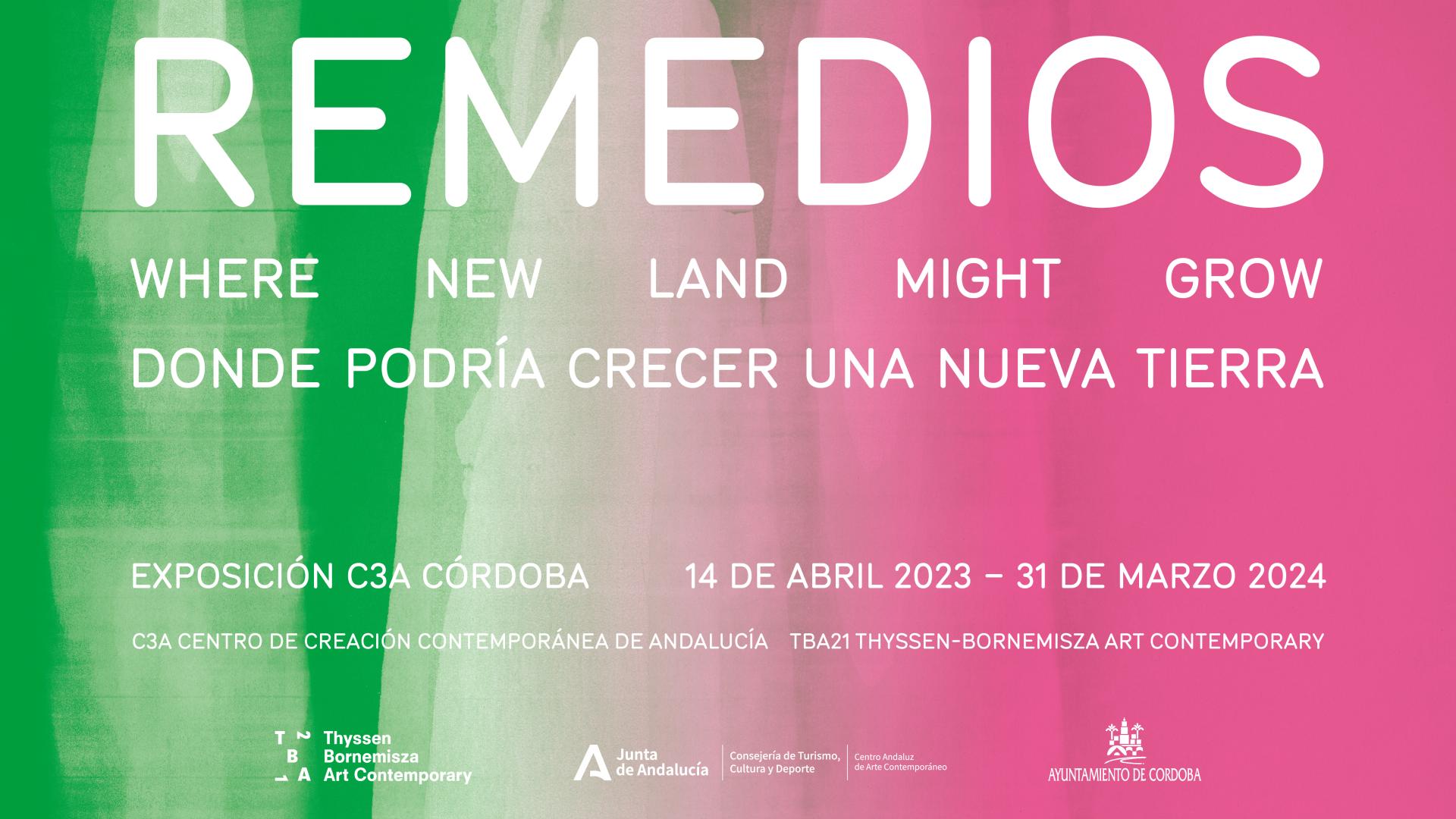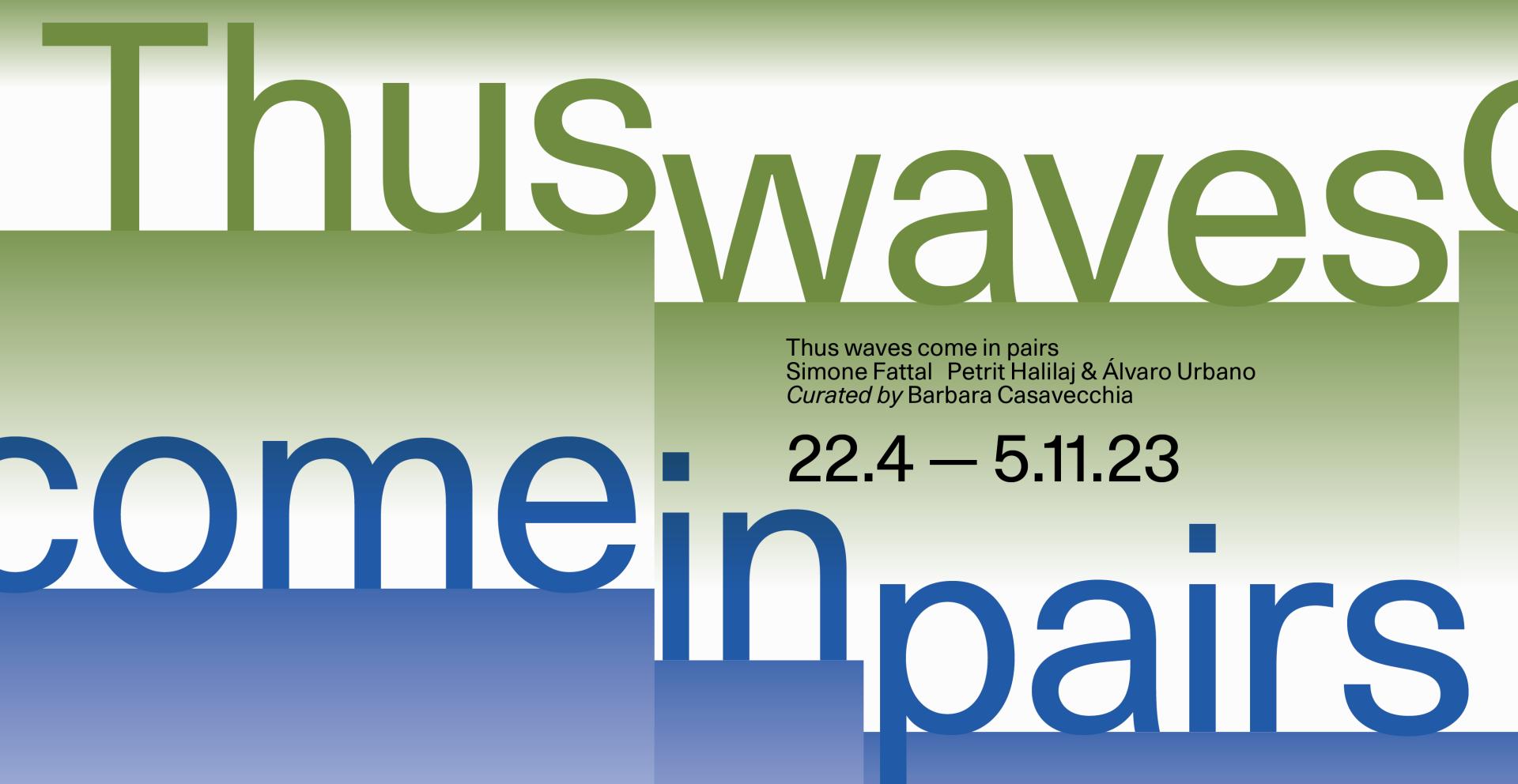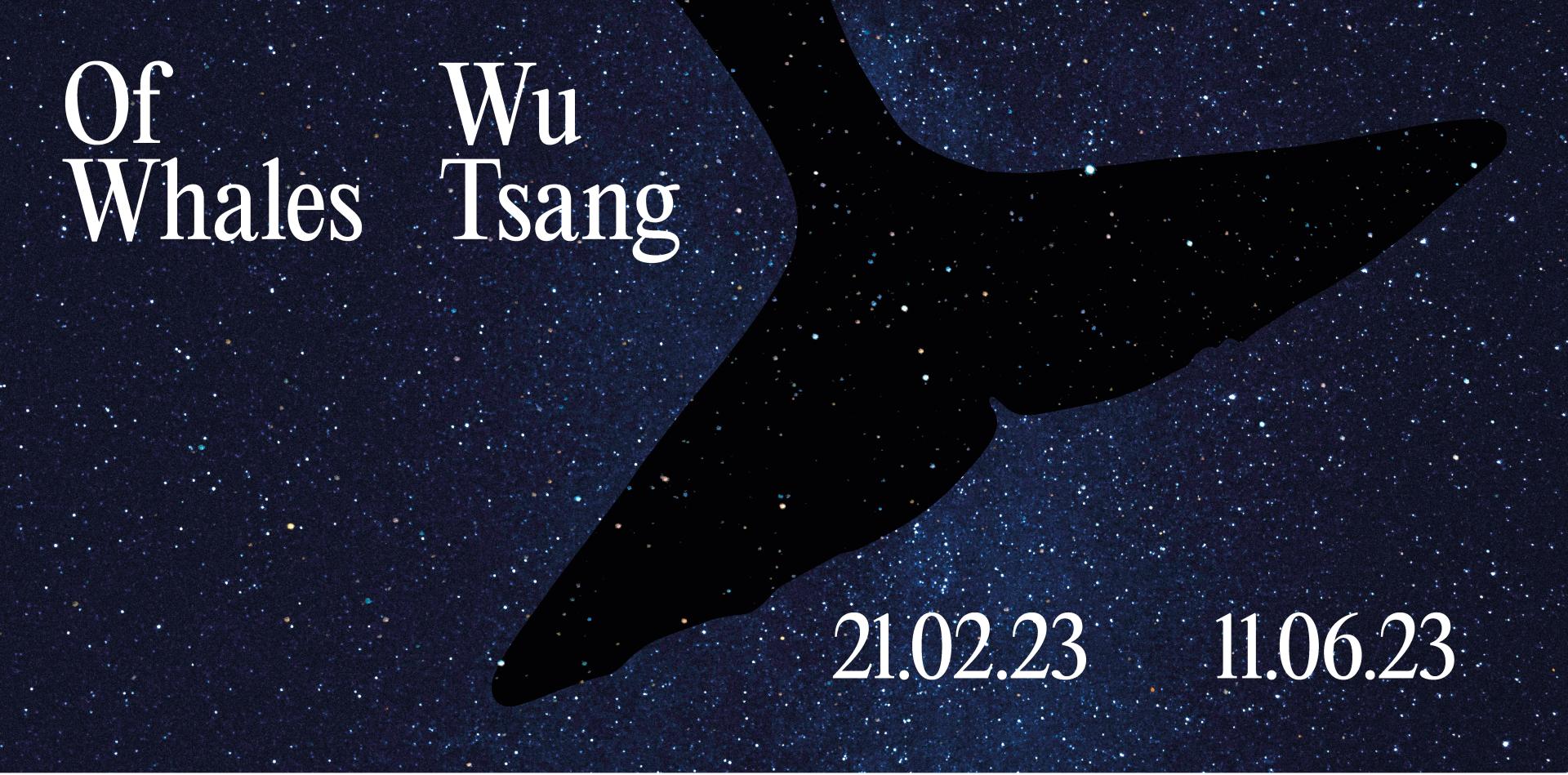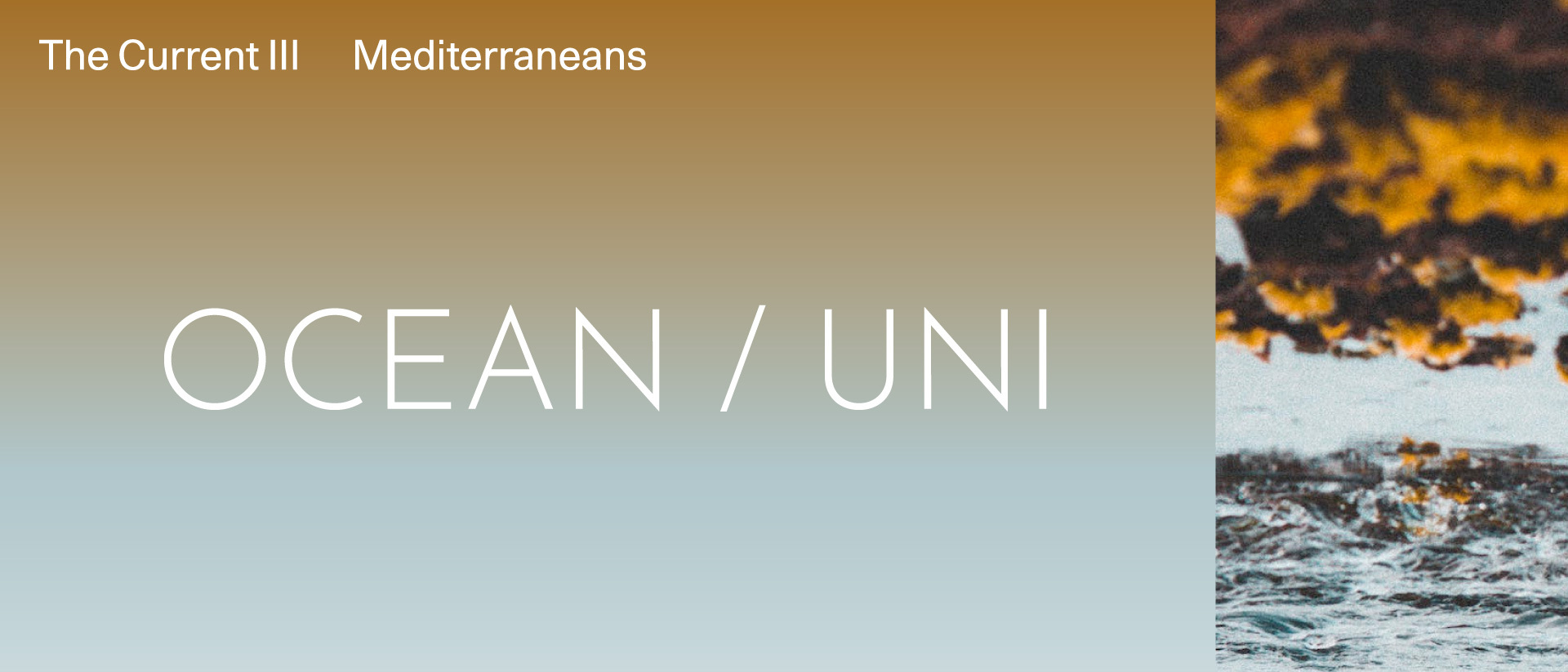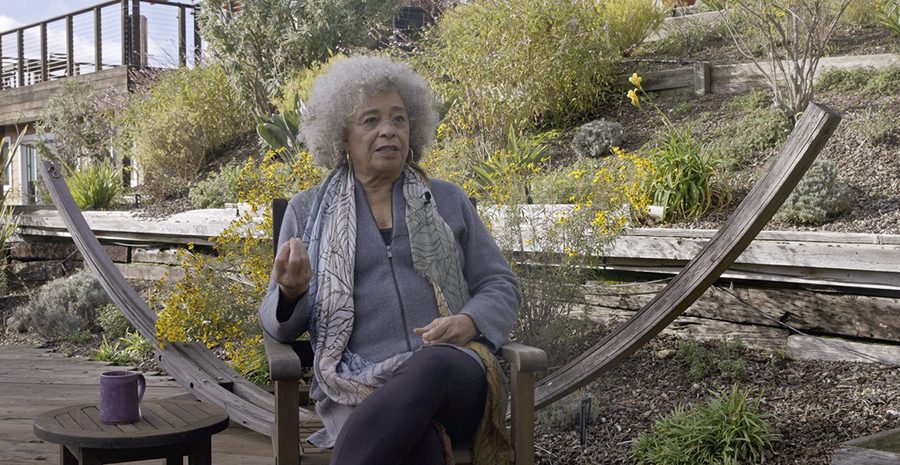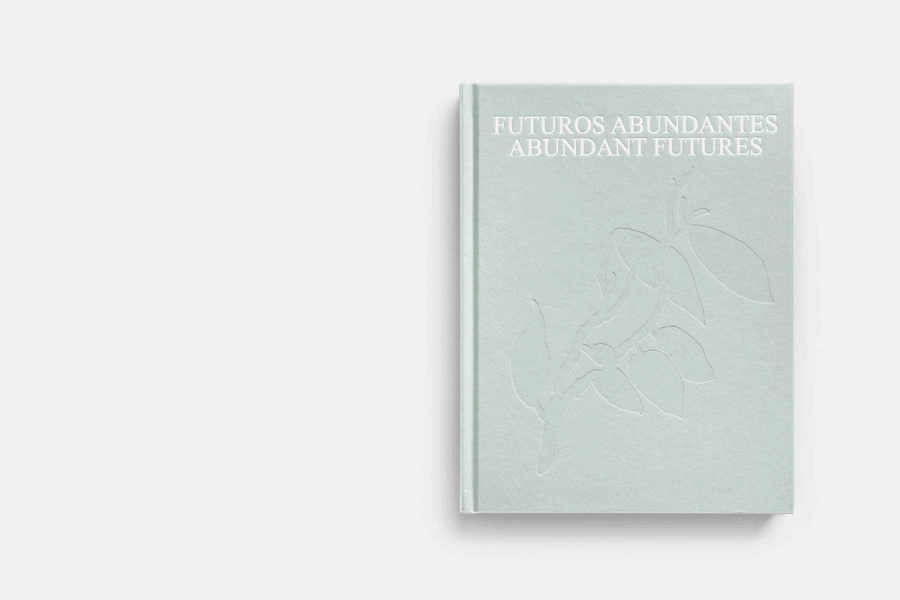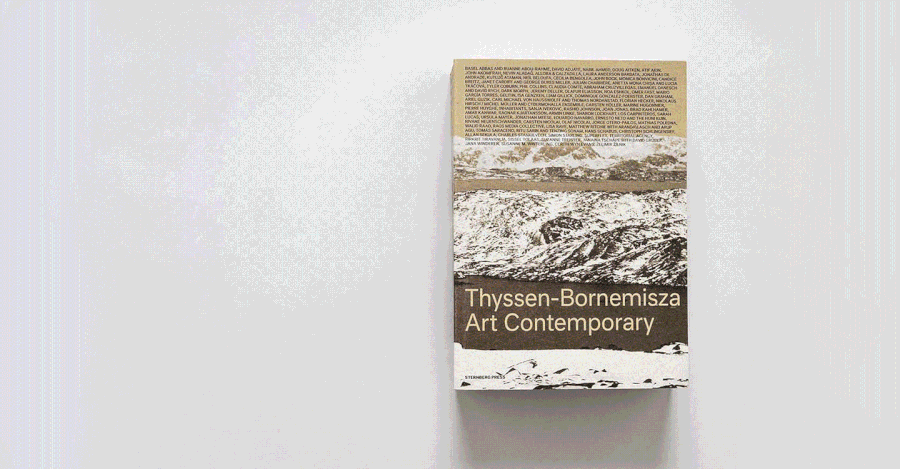Rahle for Richard, 2014
Slavs and Tatars

@ Tanya Bonakdar Gallery, New York, 2018
Collection
Veneer on MDF, stainless steel, paint
56 x 110 x 180 cm
Formed in 2006, Berlin-based collective Slavs and Tatars comprise an evolving number of international artists who together describe themselves as “a faction of polemics and intimacies devoted to an area east of the former Berlin Wall and west of the Great Wall of China known as Eurasia.”1 The group’s tripartite practice includes exhibition-making, publications, and lecture performances and encourages viewers to engage through multiple points of entry in a shared investigation of a region whose ambiguous geopolitical status at the dividing line between Europe and Asia has made it subject to various linguistic, ideological, religious and imperial shifts over time. The centrality of language, of the politics of alphabet and script, and of printed material as concerns which exist at the core of their examination of this region, is represented by repeated sculptural references to the rahlé, a stand used in Islamic cultures for holding holy texts. The
rahlé, as it appears as a recurring motif in their installations, also more broadly represents their commitment to the collective reading of texts as a means for shared learning, thus offering a formal nod to the two other components of their practice.
Rahlé for Richard is a floor-based sculpture of a rahlé in block form, which makes explicit reference to the work of painter and sculptor Richard Artschwager, most strikingly to his Formica and wood sculpture, Book (1964). As a tribute to Artschwager, whose use of Formica in his image sculptures during the 1960s interrogated surface and depth, Rahlé for Richard demonstrates something of the group’s own belief in playing with surface as both a productive and humorous way of engaging with complex subject matter. As installed, lowered to the ground and without a text to support, Slavs and Tatars’ Rahlé for Richard is deprived of its functionality and becomes the canvas for something else: its painted veneer surface details an open mouth, positioned wide as delivering a scream, its bright red tongue falling out and extending onto the floor. The conflation of references to both textuality and more visceral forms of speech “suggests the transition from oral to print cultures” in Islam which happened over a relatively slow period of time.2
Rahlé for Richard was produced during the collective’s fifth work cycle of research, Language Arts. The project, which investigated “alphabet politics,” phonology and the various uses of language by different cultures, religions and nations across time also investigated the non-verbal, non-cerebral and sensual aspects of sound and of “language as a source of political, metaphysical, even sexual emancipation.”3 Such is the importance of the tongue as both a visual and conceptual leitmotif in the group’s practice. In this way, Rahlé for Richard well-represents what writer and curator Fawz Kabra’s interprets as the group’s “positioning of the mouth as a political site.”4
–Elsa Gray
1http://https://www.slavsandtatars.com/about
2http://https://www.slavsandtatars.com/cycles/language-arts/rahle-for-richard
3http://http://www.thethirdline.com/exhibitions/past/language-arts/
4 http://rastergallery.com/wp-content/uploads/2013/02/Fawz-Kabra-Language-Arts-Slavs-and- Tatars-at-The-Third-Line-“IBRAAZ”-30.04.2014-EN.pdf
56 x 110 x 180 cm
Formed in 2006, Berlin-based collective Slavs and Tatars comprise an evolving number of international artists who together describe themselves as “a faction of polemics and intimacies devoted to an area east of the former Berlin Wall and west of the Great Wall of China known as Eurasia.”1 The group’s tripartite practice includes exhibition-making, publications, and lecture performances and encourages viewers to engage through multiple points of entry in a shared investigation of a region whose ambiguous geopolitical status at the dividing line between Europe and Asia has made it subject to various linguistic, ideological, religious and imperial shifts over time. The centrality of language, of the politics of alphabet and script, and of printed material as concerns which exist at the core of their examination of this region, is represented by repeated sculptural references to the rahlé, a stand used in Islamic cultures for holding holy texts. The
rahlé, as it appears as a recurring motif in their installations, also more broadly represents their commitment to the collective reading of texts as a means for shared learning, thus offering a formal nod to the two other components of their practice.
Rahlé for Richard is a floor-based sculpture of a rahlé in block form, which makes explicit reference to the work of painter and sculptor Richard Artschwager, most strikingly to his Formica and wood sculpture, Book (1964). As a tribute to Artschwager, whose use of Formica in his image sculptures during the 1960s interrogated surface and depth, Rahlé for Richard demonstrates something of the group’s own belief in playing with surface as both a productive and humorous way of engaging with complex subject matter. As installed, lowered to the ground and without a text to support, Slavs and Tatars’ Rahlé for Richard is deprived of its functionality and becomes the canvas for something else: its painted veneer surface details an open mouth, positioned wide as delivering a scream, its bright red tongue falling out and extending onto the floor. The conflation of references to both textuality and more visceral forms of speech “suggests the transition from oral to print cultures” in Islam which happened over a relatively slow period of time.2
Rahlé for Richard was produced during the collective’s fifth work cycle of research, Language Arts. The project, which investigated “alphabet politics,” phonology and the various uses of language by different cultures, religions and nations across time also investigated the non-verbal, non-cerebral and sensual aspects of sound and of “language as a source of political, metaphysical, even sexual emancipation.”3 Such is the importance of the tongue as both a visual and conceptual leitmotif in the group’s practice. In this way, Rahlé for Richard well-represents what writer and curator Fawz Kabra’s interprets as the group’s “positioning of the mouth as a political site.”4
–Elsa Gray
1http://https://www.slavsandtatars.com/about
2http://https://www.slavsandtatars.com/cycles/language-arts/rahle-for-richard
3http://http://www.thethirdline.com/exhibitions/past/language-arts/
4 http://rastergallery.com/wp-content/uploads/2013/02/Fawz-Kabra-Language-Arts-Slavs-and- Tatars-at-The-Third-Line-“IBRAAZ”-30.04.2014-EN.pdf
Slavs and Tatars is an art collective and "a faction of polemics and intimacies devoted to an area east of the former Berlin Wall and west of the Great Wall of China known as Eurasia". Founded in 2006, the group’s work is centered on three activities: exhibitions, books and lecture performances
This biography is from Wikipedia under an Attribution-ShareAlike Creative Commons License.
This biography is from Wikipedia under an Attribution-ShareAlike Creative Commons License.



